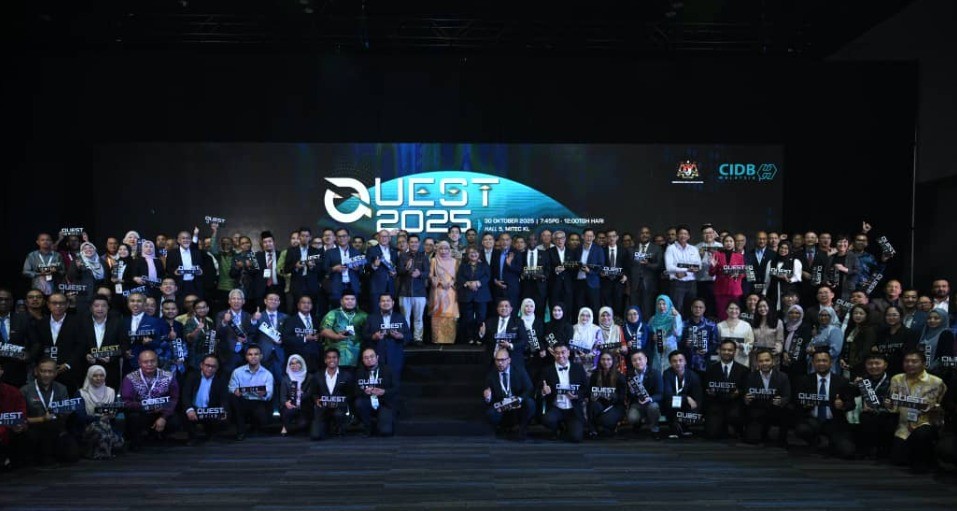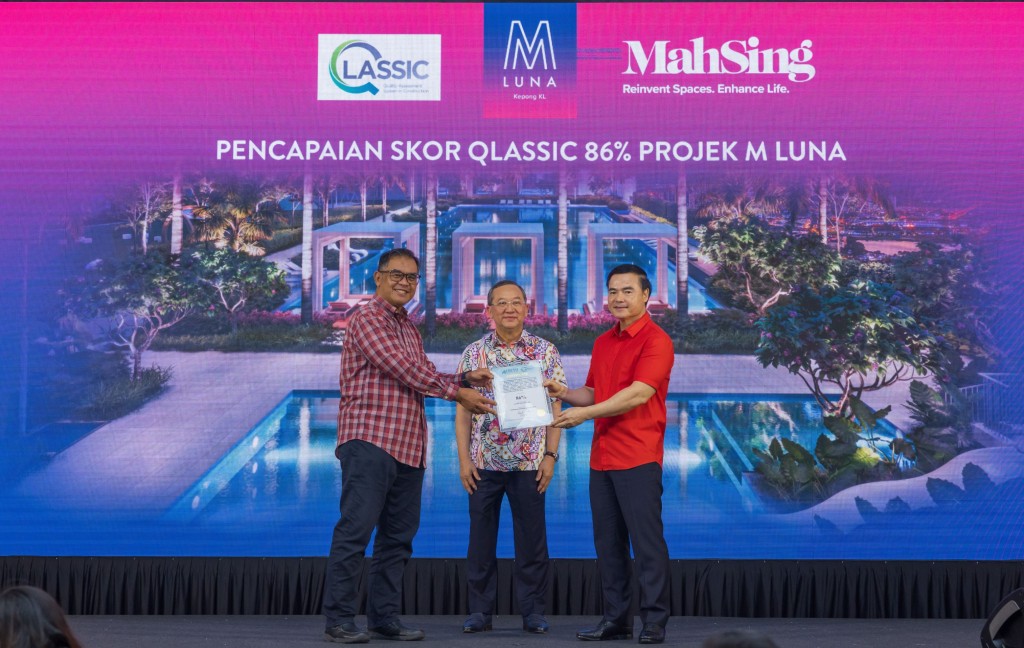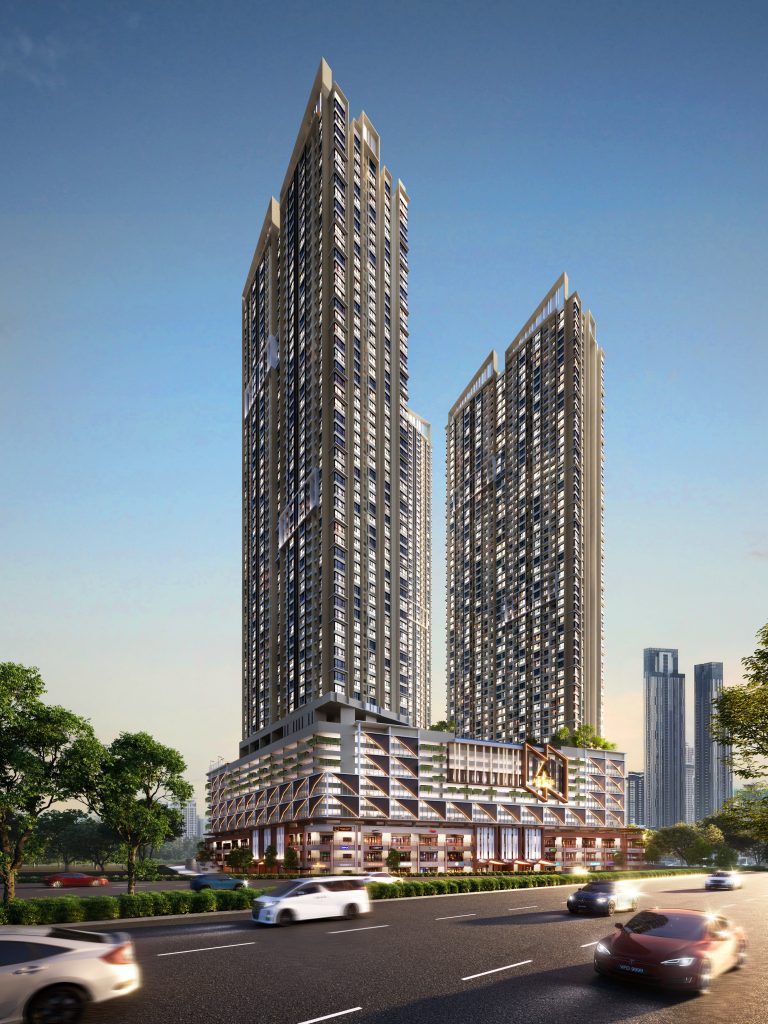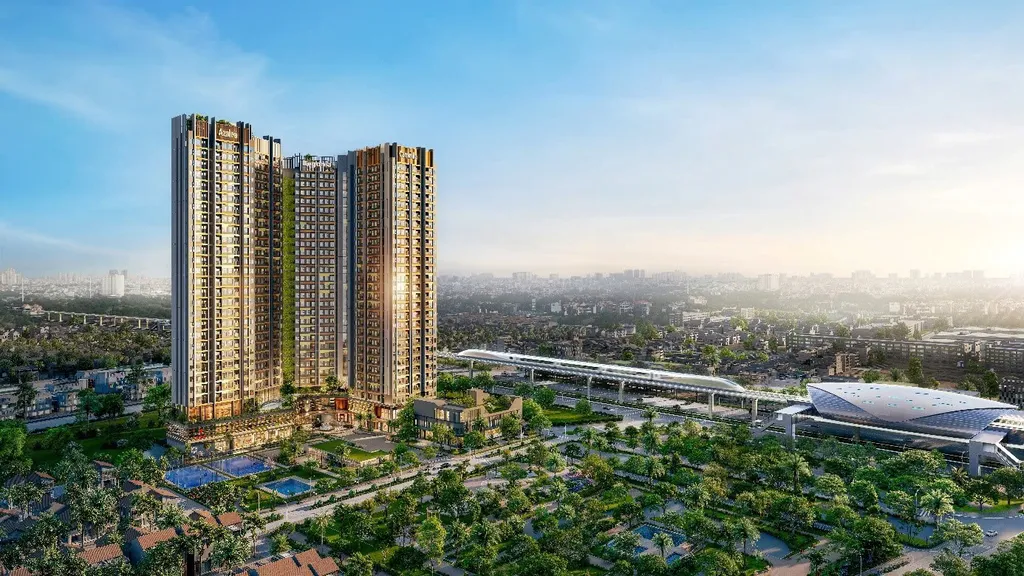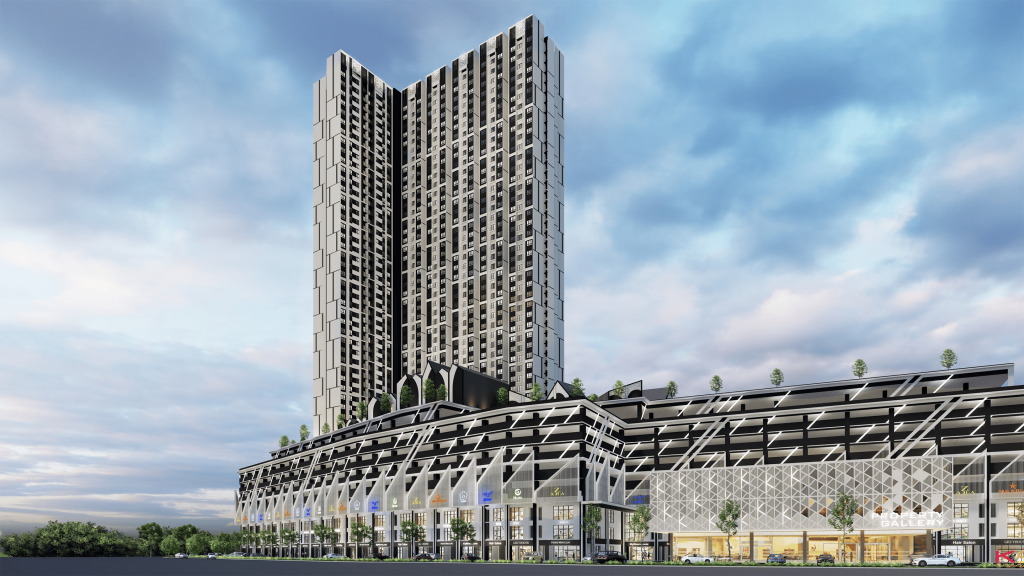Virtual builder integrates project information for all stakeholders to share and monitor
BY NG PAU LING
THE digital age has influenced businesses across all sectors to operate in a high-tech environment that’s efficient, productive and convenient. Using mobile devices and cloud computing, the ability to instantly access information is key for an organisation to remain competitive.
In the construction industry, sharing information among all players will lead to higher efficiency and transparency.
This can be achieved through the Building Information Modelling (BIM) technology, which helps Architect, Engineer and Construction (AEC) industry to work together in the cloud.
The intelligent 3D information modelling system centralises all stakeholders – architect, designer, engineer, planner, surveyor, contractor and the owner – in one common base to share details of every component in a building.
Every project participant has access to the system for instant updates. By integrating different aspects of the building, it shifts the conventional point-to-point communication to an integral level.
The information models include the physical characteristics, materials, costing, coding, tagging, graphics, specifications, design and construction of the building. By enabling efficient monitoring and managing of information, BIM reduces the risk of construction mistakes and conflicts as well as minimising abortive costs.
Promoting the system
In Malaysia, the promotion of BIM began in 2012 with initiatives to assist construction industry players to adopt the system.
The Construction Industry Development Board (CIDB) defined BIM as a modelling technology and associated set of processes to produce, communicate and analyse digital information models throughout the construction project life cycle.
The system has been outlined in CIDB’s Construction Industry Transformation Programme 2016-2020 as an emerging technology that will improve productivity. However, the BIM adoption rate in Malaysia has been relatively low at 17%, compared to developed economies such as United States (71%) and United Kingdom (54%), according to CIDB’s BIM Report 2016.
A survey conducted by CIDB showed that BIM in Malaysia is mainly used among professionals at the design stage. Architects are the leading adopters of BIM at 42%, followed by civil engineers (21%), contractors (13%) and quantity surveyors (12%).
To further encourage the adoption of BIM, CIDB launched the country’s first one-stop “myBIM Centre” in 2017. It acts as a resource hub for industry practitioners to model and visualise building projects in a simulated environment.
Facilities equipped with the latest BIM technology are provided on a shared and pay-per-use basis. These include a BIM lab, studio, seminar area and showcase hall.
Also available are module training programmes in three areas, namely modelling, coordinating and managing.
The programmes cover the introduction of the BIM concept, set-up and coordination of the system, to training for professional BIM managers.
Apart from the hardware, CIDB has established an online storage known as myBIM Library for 3D BIM components that can be accessed by registered users.
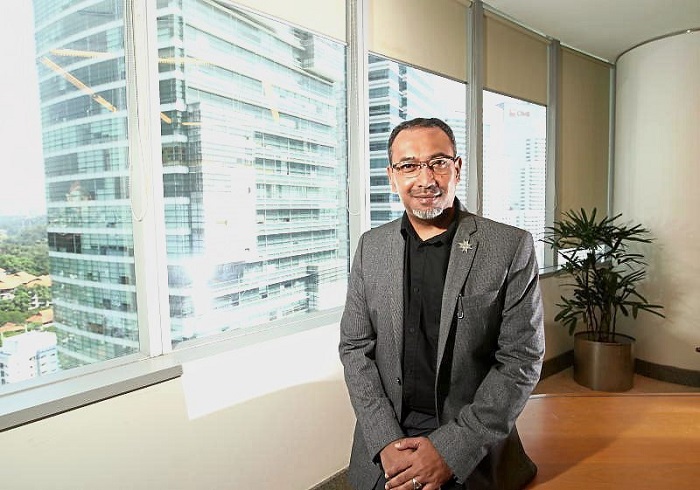
Ezumi pointed out that the biggest challenge in public procurement at the moment is insufficient time for project participants to develop models with full specifications.
Challenges of the new work form
It’s fairly clear that the future of the construction industry is digital and none of the industry professions can bypass the use of technology.
“In three to four years, everyone in the construction industry will use BIM. It will eventually become part of the construction process, just like AutoCAD,” said Malaysian Institute of Architects (PAM) president Ezumi Harzani Ismail at the opening of the BIM Summit 2018 organised by the institute.
Although the awareness and acceptance of BIM in the local market has improved, the industry still faces technical and people challenges to achieve full integration.
One major challenge is poor infrastructure and connectivity especially at the construction site.
“BIM supposedly keeps track of the construction progress from input provided by the site staff. However, we face internet connection problems on-site,” said Ezumi, in reference to BIM requiring high-speed broadband to run its programmes and for data transfer.
He added that not all project participants have the skills to operate BIM.
Some industry players still use conventional methods but engage a third party to handle BIM for the sake of the tender.
“This goes against the intention of implementing BIM. Tenderers should be assessed to ensure they have BIM knowledge; it’s a way to encourage people to shift to the next level,” said Ezumi.
CIDB eConstruct chief executive officer Rofizlan Ahmad highlighted another challenge: “Industry graduates generally possess basic knowledge to operate the system, and we have sufficient BIM modellers in the local market.
“However, there is a shortage of BIM managers even though CIDB has provided training for the profession.”

CIDB eConstruct CEO Rofizlan Ahmad highlighted the shortage of BIM managers in local market even though CIDB has provided training for the profession.
Implementing BIM in public projects
From the government’s point of view, the main agenda of using BIM is to increase productivity and eliminate variables.
In the conventional construction practice, it is difficult to detect conflicts and clashes. Problems will only reveal themselves at the construction stage, such as clashes between M&E, piping and beam, which eventually results in additional costs.
“In some cases, the construction cost overshoots the estimation due to variations. This could have been eliminated by implementing BIM,” said Rofizlan.
“The system can drill down to design specifications and detect any mistakes or errors before construction starts.”
The government is planning to mandate the implementation of BIM in public construction projects worth over RM100mil.
Ezumi pointed out that the biggest challenge in public procurement at the moment is insufficient time for project participants to develop models with full specifications.
“Contractors and tenderers rush to submit the models and start the actual construction immediately.
“I have come across structures on-site being built faster than the BIM models. To implement BIM correctly, the project owner should give ample time to input data from different specialists,” he said.
Ezumi suggests that the first year of a three-year contract should be spent on developing models with full specifications, including input from the civil engineer, quantity surveyor, M&E engineering, and supplier.
“About 60% of construction delay is caused by the waiting period. It might take weeks for material shipping or adjustments from the consultant,” said Rofizlan. “In the future, more time will be spent at the design stage and less time on actual construction.”
Why do we need BIM?
BIM is commonly used on complex construction projects such as high-rise buildings and large-scale infrastructure including a stadium or metro system.
Objectives to achieve include site analysis, visualisation, design model, spatial requirement analysis, coordinated documentation, construction simulation, clash detection, cost estimation, and as-built model.
Architect: BIM offers seamless collaboration with other parties of a building project, and effective reviews of design. It also provides intelligent simulation tools to visualise design details such as sunlight in different seasons.
Planner and consultant: BIM fosters better transparency on time, budget and schedule management. The integrated system centralises building works in all dimensions to ensure that everyone stays informed and up to date with the progress of the project.
Engineer: The “virtual construction” ensures a perfect fit for building components, while the automated clash detection feature helps to discover conflicts and mistakes at design stage to reduce on-site clash.
Contractor: An information resource for the on-site project team. They access to the model for task assignment, and input data to update the project progression.
Owner and facility manager: The high transparency among all parties improves the managing, operations and progress of the project. It also allows for real-time data transfer, diagnosing and efficient problem-solving.




